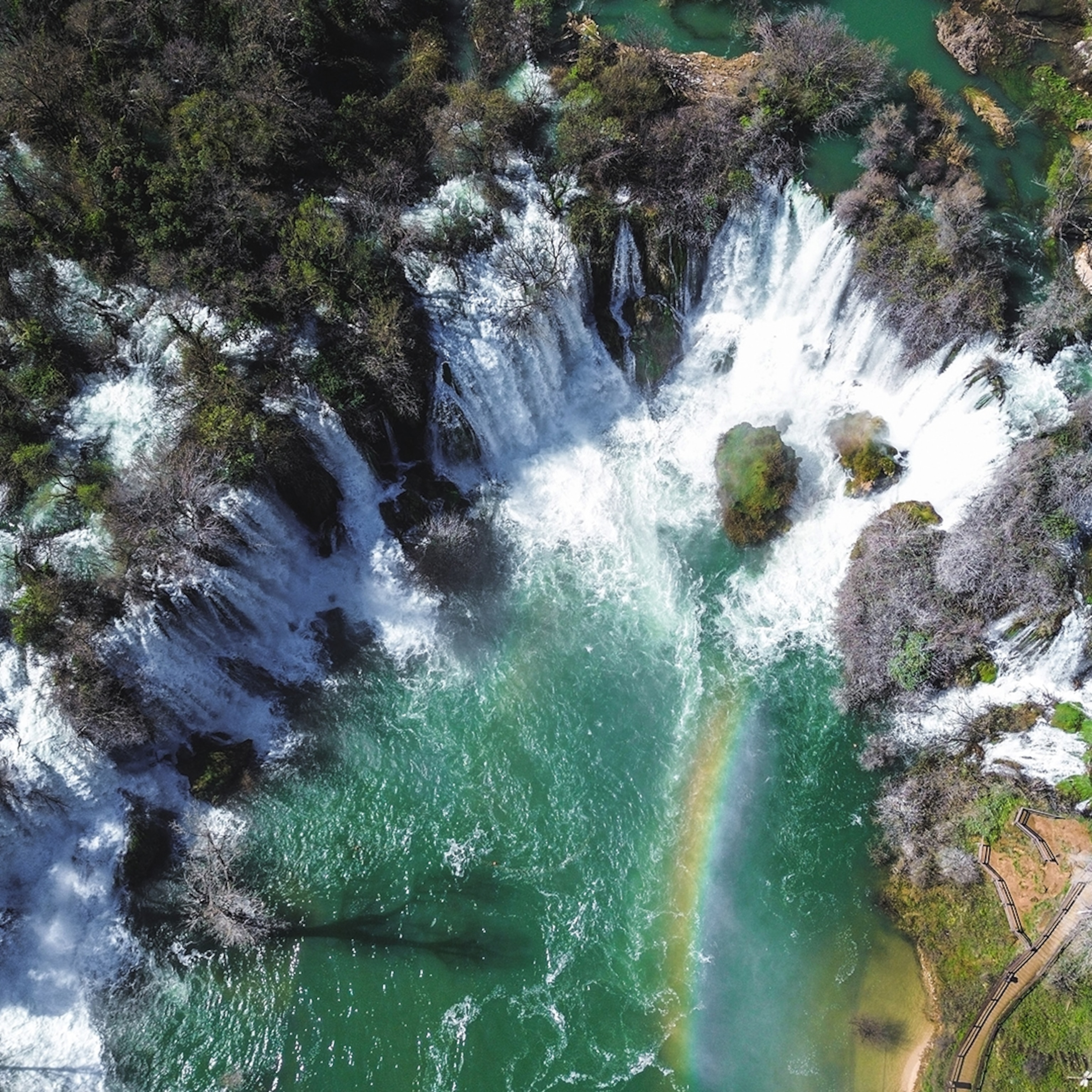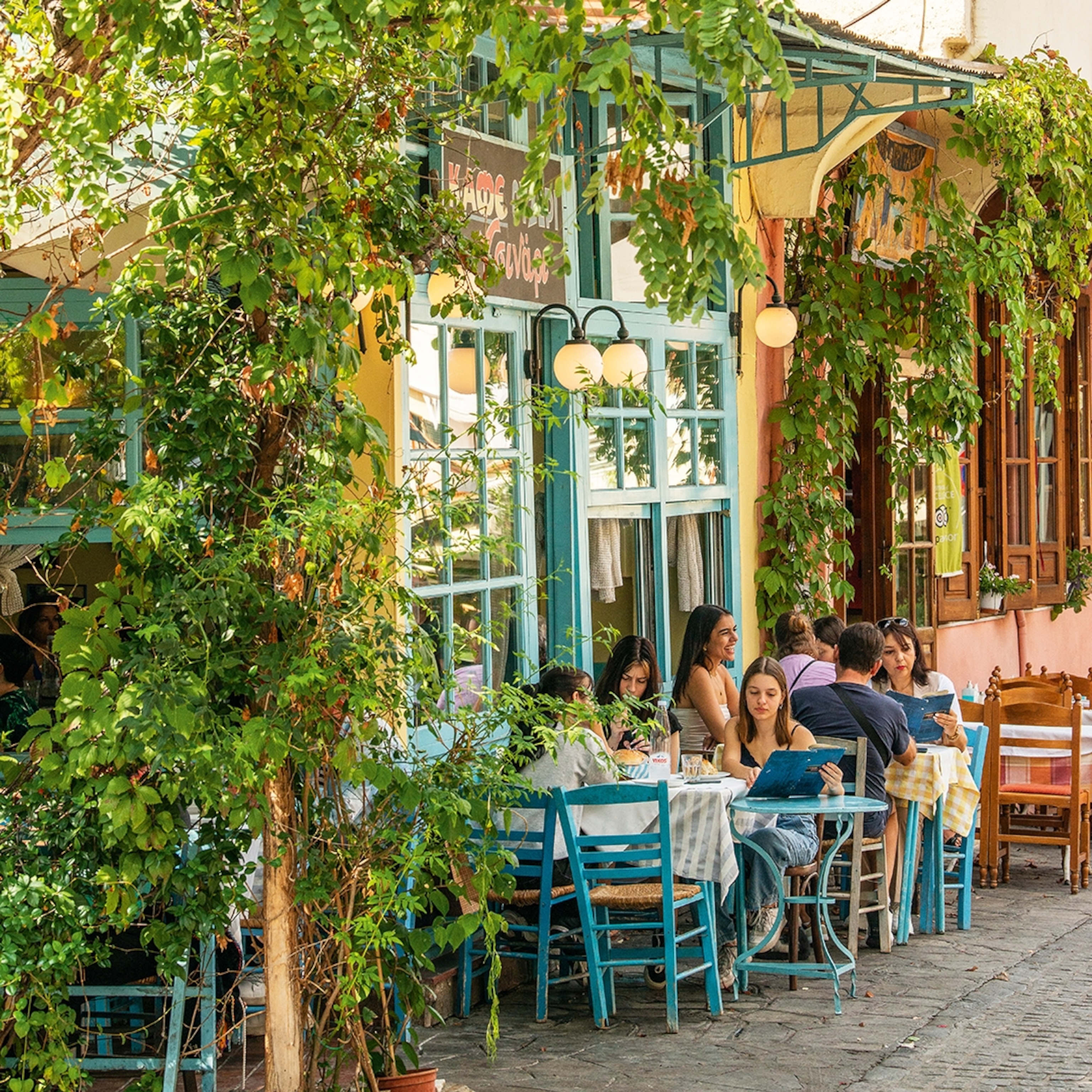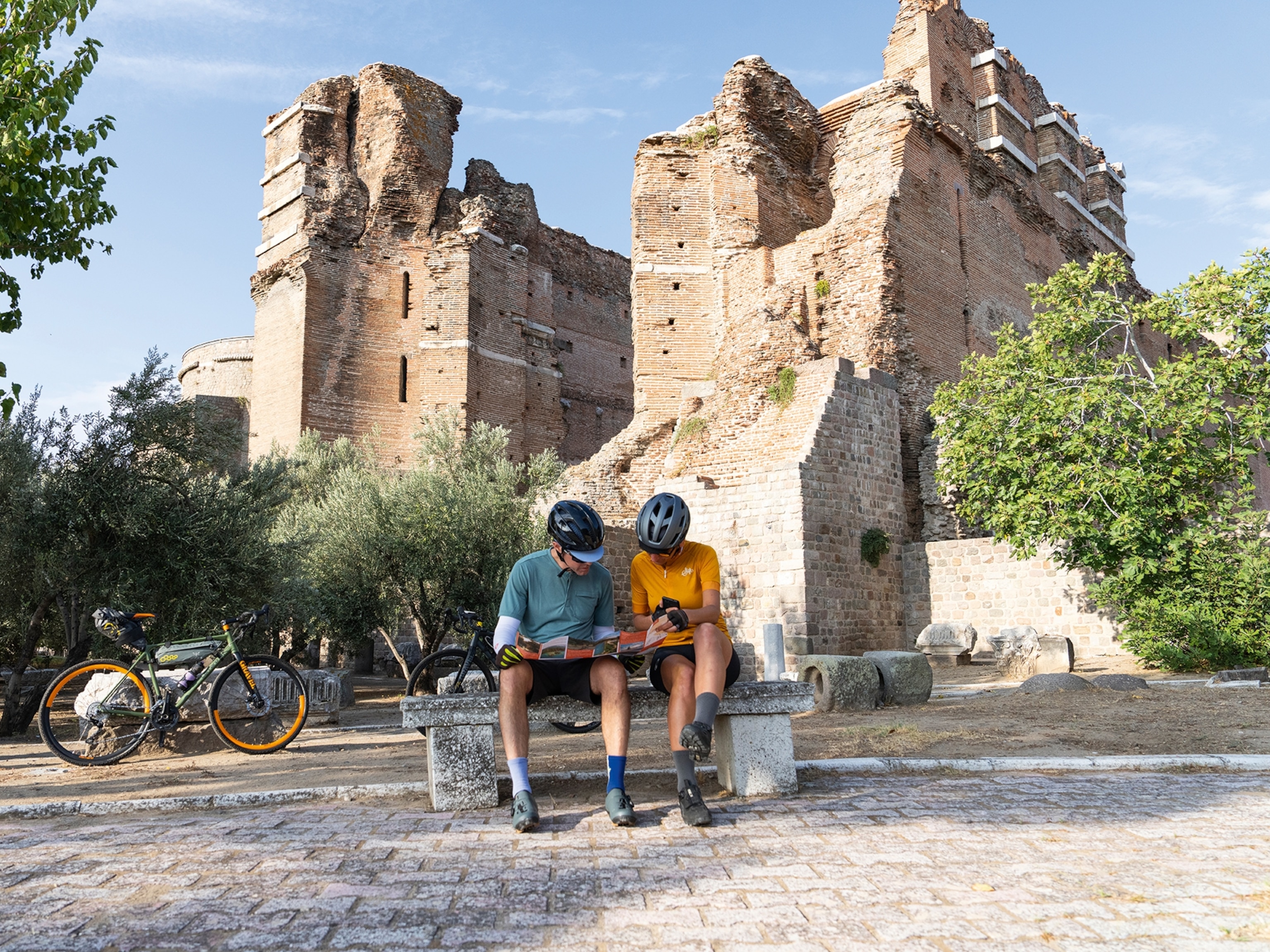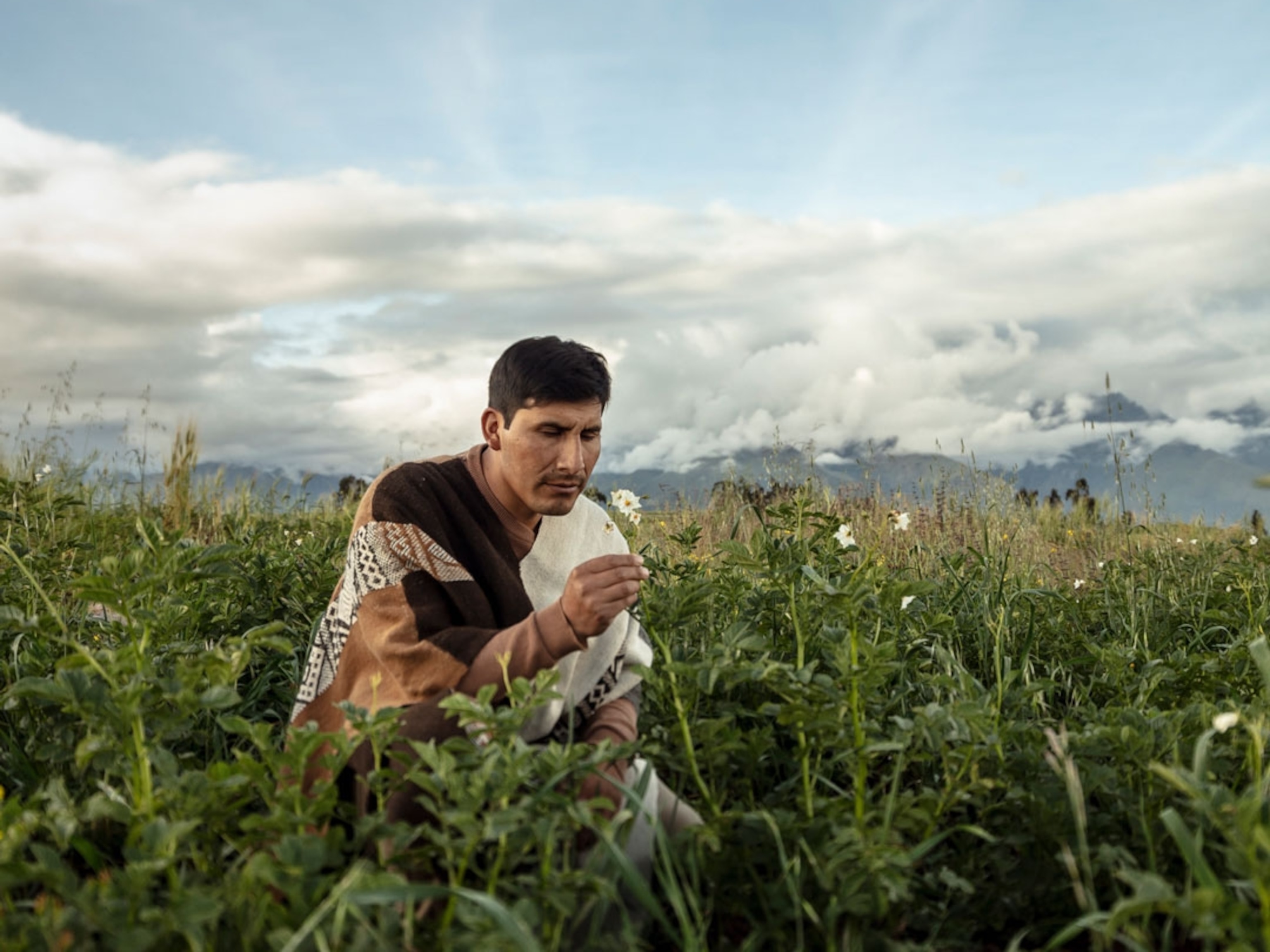How this tiny rural district became Turkey's unlikely gastronomic star
Less than an hour from Izmir, the tiny farming region of Urla has become an unlikely food hotspot, home to several Michelin-starred restaurants.
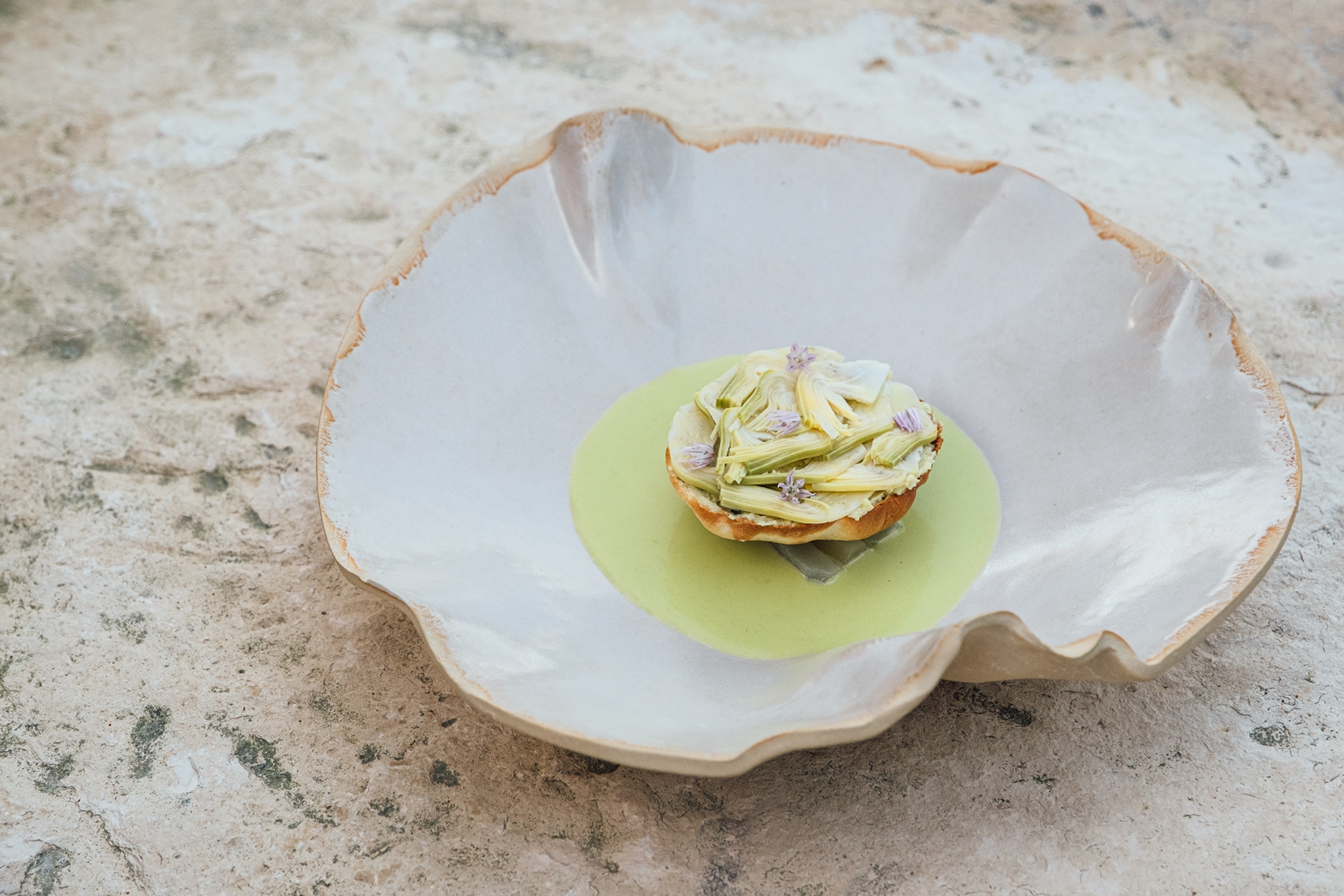
“Do you think people will actually come all the way here?” This was the question Seray Kumbasar and her husband, chef Ozan Kumbasar, were asking each other six years ago. It was the day before opening night, and they stood under the towering pine tree in Vino Locale’s garden questioning their decision to open a restaurant in Urla. Today, it holds both a Michelin star and a Michelin green star and is fully booked months ahead.
The sun is barely set when I arrive at Vino Locale on a warm evening to meet and dine with the Kumbasars. Stepping through an arch of vines, I find just eight tables in the garden of their stone farmhouse, generously spaced apart, with diners in linen shirts and maxi dresses. A decade ago, if you’d have asked anyone in Turkey where to eat in Urla, you’d have received puzzled looks. Less than an hour’s drive west of İzmir, Urla used to be known for its artichoke farms, melon patches, olive orchards and vineyards. “It was just a stopover for İzmir residents on their way to vacation houses in Çeşme,” says Ozan. “Now it’s Turkey’s prime gastronomic destination.”
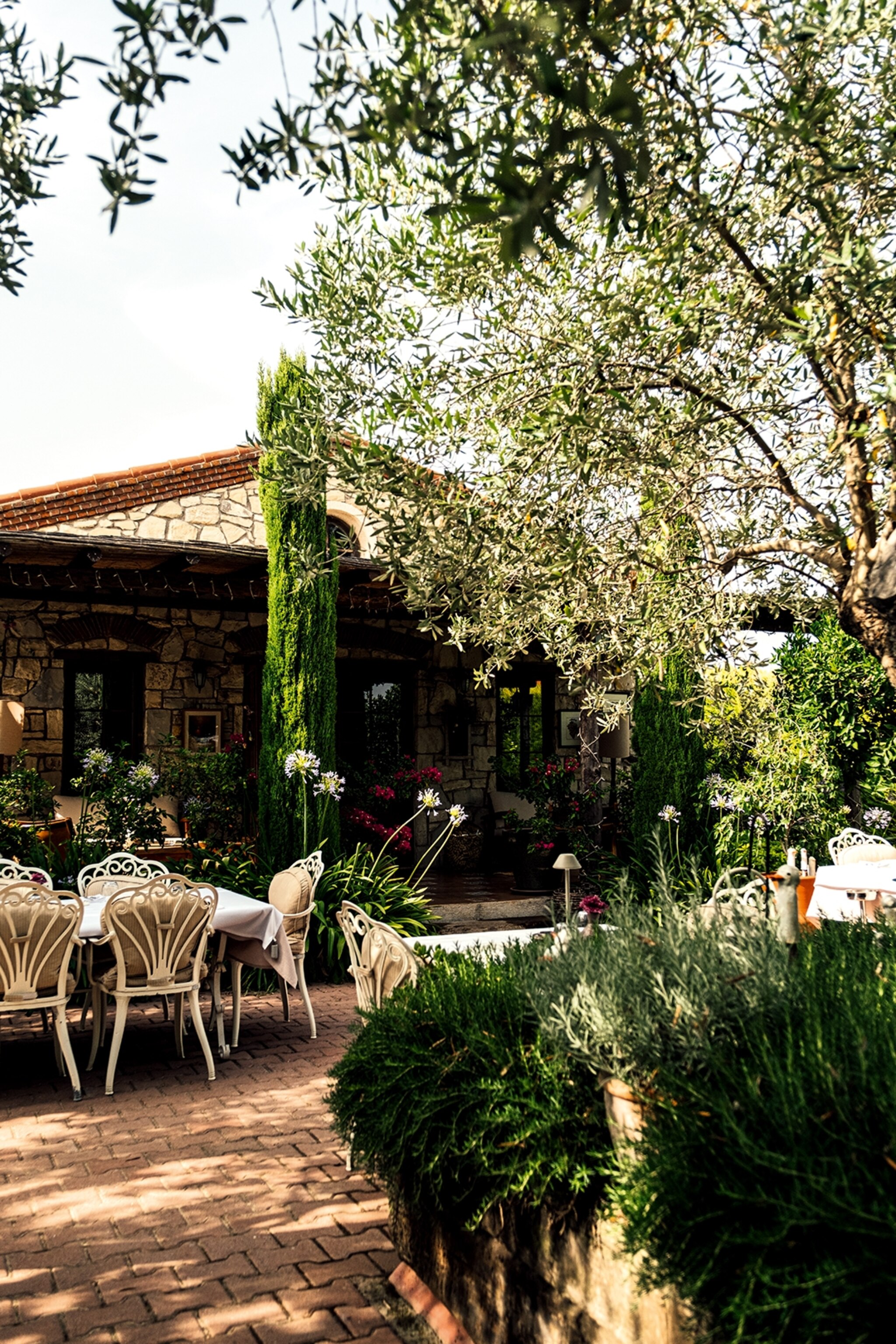
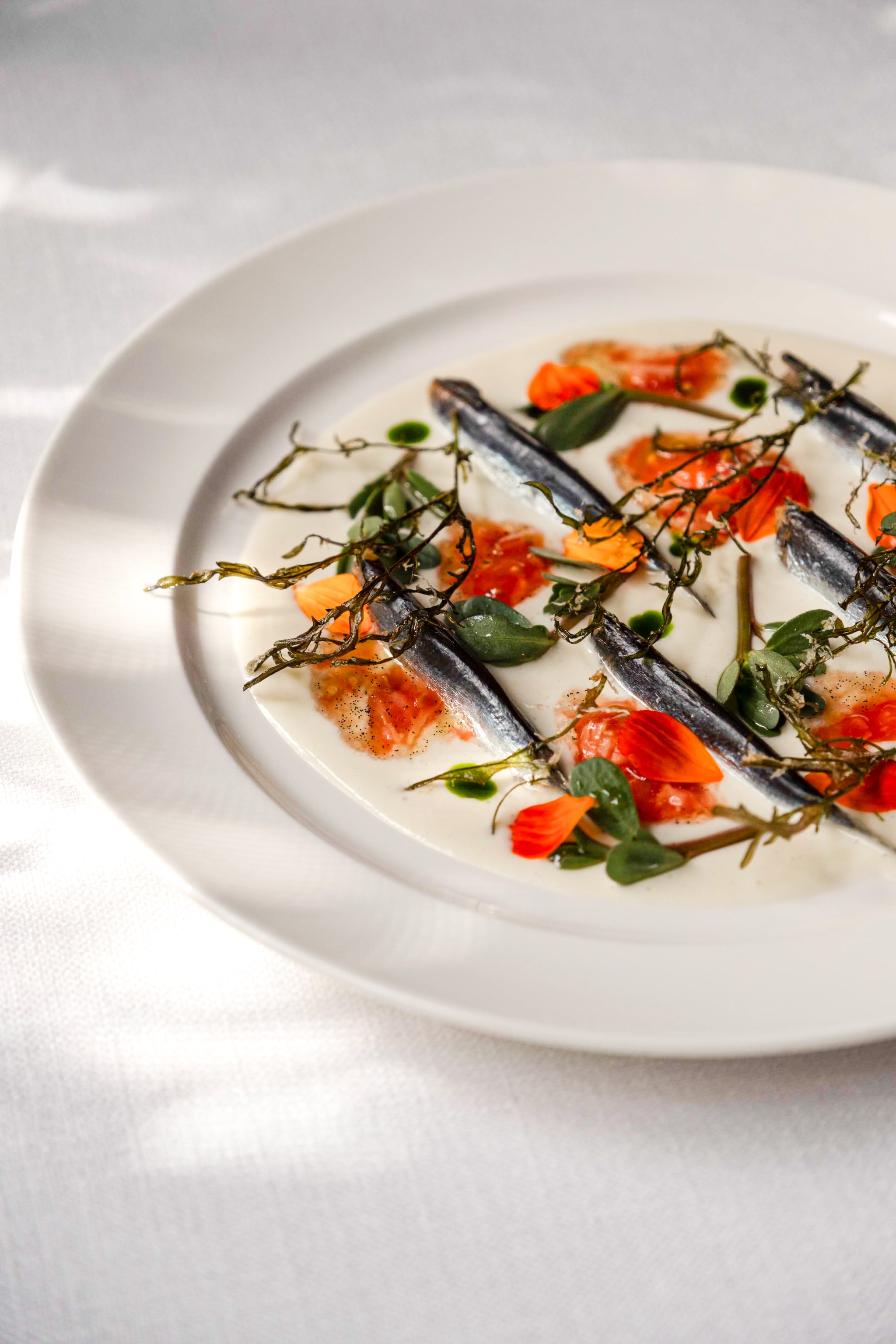
Ozan’s words are no exaggeration. Urla has been dubbed ‘the Basque region of Turkey’, despite being only a 10th of the size of Spain’s culinary star. When the Michelin Guide extended its Turkey coverage beyond Istanbul in 2023, seven restaurants in this tiny community got a mention, with three given stars (two of which were also among the three awarded green stars for their sustainable practices).
“The menu changes monthly as the produce does, based on what the farmers bring to us and what’s best,” explains Seray, pouring me a glass of locally made wine in between mingling with guests and chatting with regulars. Tonight’s menu includes sharing portions of sorrel mushroom lasagna and lightly poached sardines in an almond milk sauce. But the star is the butter-soft blue-tailed shrimp, a local speciality from the shores north of Urla. “If it waits even one day, it stiffens up,” says Ozan with visible pride. “Everything comes in daily from the farms. We don’t even need a freezer in the kitchen,” adds Seray.
The next morning, I’m in Urla town, the small rural centre surrounded by farms, fig trees and vineyards overlooking the Aegean Sea among green valleys with grazing goats. Its leafy high street is home to butchers, traditional fish restaurants and teahouses, but is quieter than usual because it’s market day. Heading over to take a look, I find hundreds of farmers with fresh produce spread over large tables; there are mountains of plump cherries and peaches, and some farmers are trimming artichokes on the spot. One stallholder offers me a slice of juicy galia melon, gesturing towards the distance to show the location of his farm.

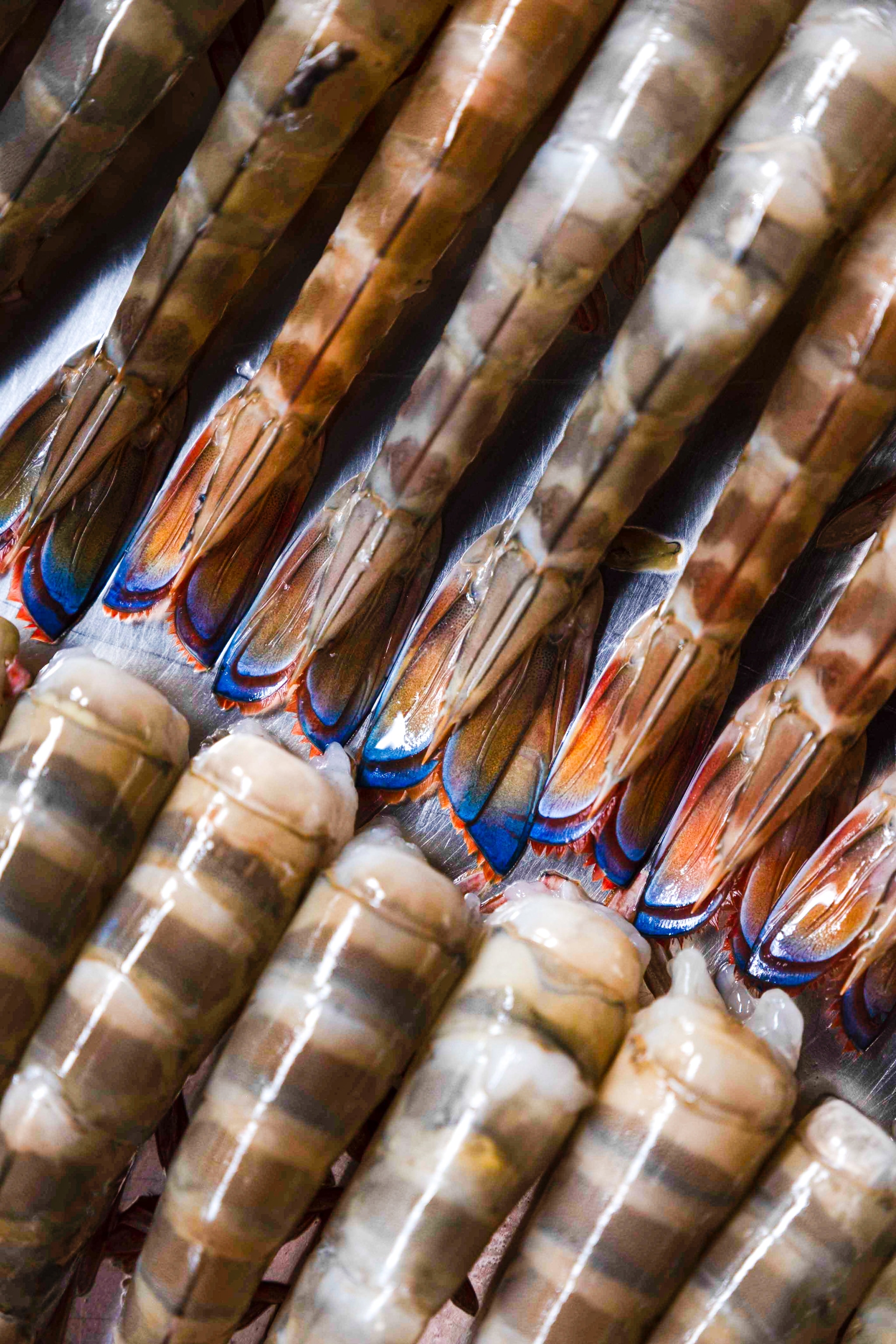
Urla's dining scene is defined by this close connection to the farming community, with chefs often seemingly more keen to discuss their relationships with farmers than their dishes. Osman Serdaroğlu, of Teruar, another Michelin-starred venue, with a kitchen garden just five minutes from Vino Locale, is no exception. "What makes Urla special is how much passion the small community of producers, winemakers and restaurateurs here have for what they do," the chef tells me when I visit for lunch the next day.
Teruar’s only dining option is the tasting menu, and for me its highlight is a handmade tagliolini with fresh garlic, topped with a cheesy crema made from Pelit — a local cow’s-milk cheese that’s similar to pecorino romano but with a nuttier, milder sharpness. Wine is a part of the farm-to-table experience here, too. The main course, spring lamb with grilled artichoke, is paired with a full-bodied red from Urla Winery, just across the road. It’s a blend of Nero d’Avola and Urla Karası, a rare grape variety endemic to the region, discovered growing on the grounds of the winery in 2010.
“We found ancient wine amphoras in the soil,’ says Can Ortabaş, a prominent businessman from İzmir and co-founder of Urla Winery, whom I meet after lunch. Dressed in a crisp white shirt and glossy black Oxford shoes, he’s offered to take me on a tour of the vineyard. “The soil here is rich in clay and limestone, set in a dry and sunny climate — perfect for winemaking,” he explains as we walk among the vines. Along with the region’s plentiful farms, it’s the vineyards that attract and retain chefs in Urla; they’re also open for travellers like me to visit for tastings. “The bounty and beauty were already here,” says Can, “but the chefs were the missing link to show the world what Urla has to offer.”
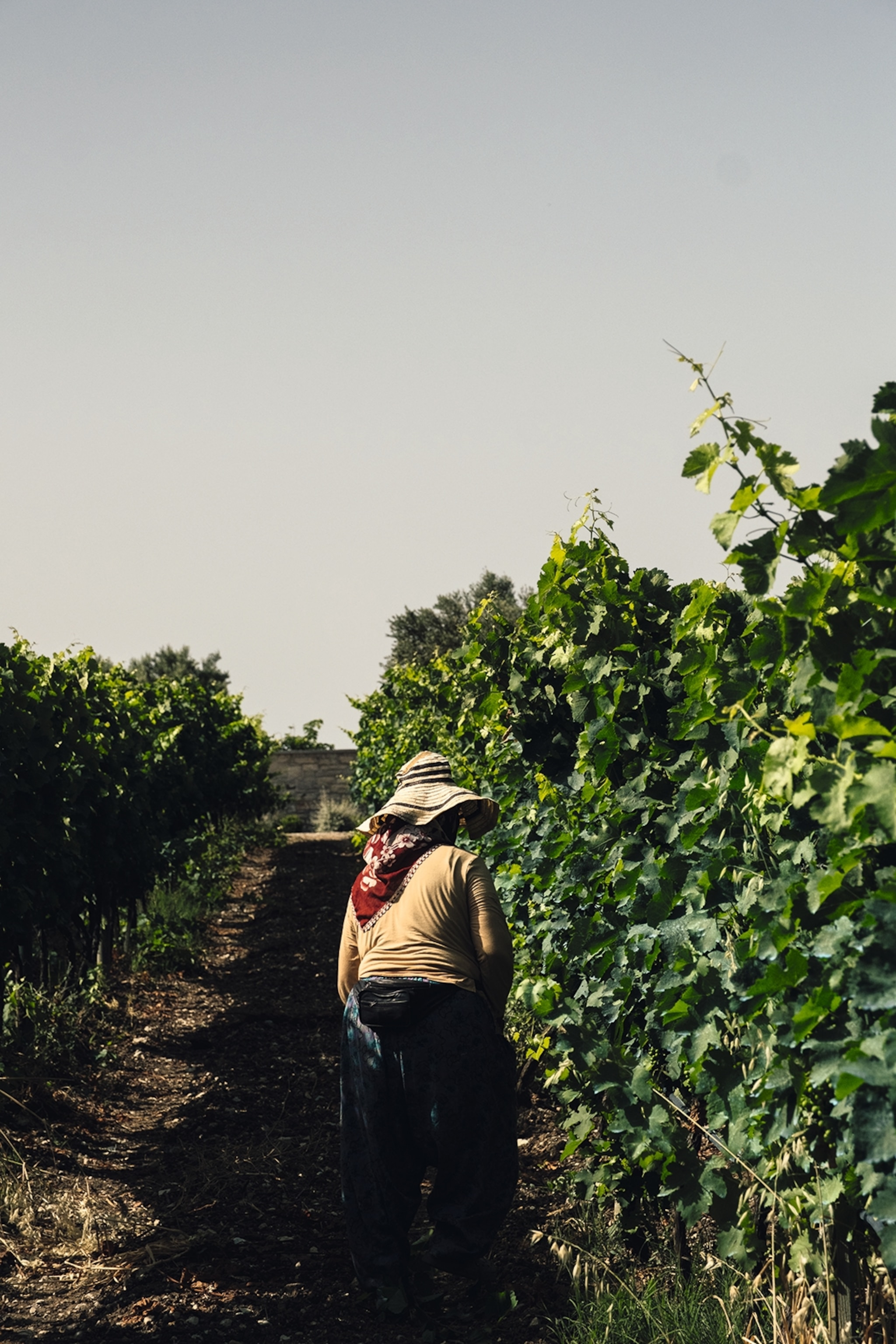
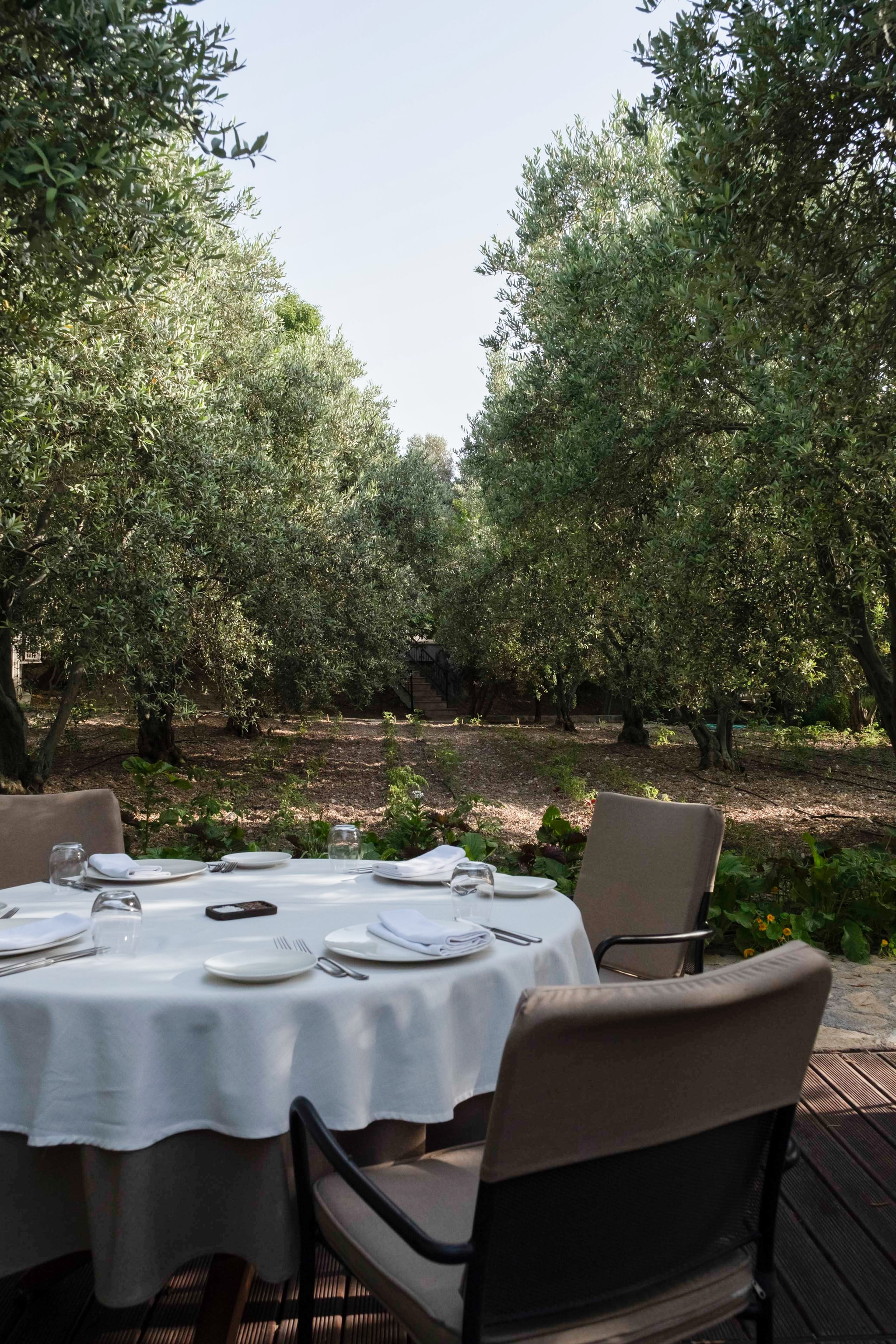
The chef who had arguably the biggest role in putting Urla on the culinary map is Osman Sezener, whose Od Urla restaurant holds both a Michelin star and a Michelin green star. Many of the ingredients he uses — including dairy, eggs and meat — come from Od Urla’s 345 acres of farmland. When I visit for dinner, I’m seated in an orchard at one of the tables tucked under the low branches of gnarled olive trees.
“We try to keep our sourcing to zero kilometres,” he tells me after dinner, as I wait for a Turkish coffee, a salty Aegean breeze rustling the leaves around me. “Having control over the quality is so worth the effort. And people can taste it,” he says. Every dish served in Urla is a reflection of the environment that shapes the ingredients. But what truly makes it special is not just the farm-to-table food, it’s the deep pride and passion the people of Urla have for their land.
To subscribe to National Geographic Traveller (UK) magazine click here. (Available in select countries only).
